If you’re anything like me, you love to snap pictures when you’re outside. It’s a great way to relive the tranquility you get from being outdoors once placed back into reality. It’s also a powerful way to share how you see the world and what matters to you with those near and far!
In an effort to evoke that everlasting sense of appreciation for nature, many environmental organizations engage the public with photo contests – usually with epic prizes. Here are 5 photography contests that might spark you’re inner Ansel Adams:
Chesapeake Bay Foundation (CBF) Photo Contest: CBF is are seeking photographs (from professional or amateur photographers) that illustrate the positive aspects of the Chesapeake Bay and its rivers and streams.
Deadline: April 12, 2013
Prize(s): First Prize: $500; Second Prize: $250; Third Prize: $150; Viewers’ Choice: $100. In addition, the first-prize photograph will appear in CBF’s 2014 calendar. And that’s not all: All winners will also receive a one-year membership to CBF and will have their photos displayed on CBF’s website, in a CBF e-newsletter, and in CBF’s Save the Bay magazine.
Institute for Global Environmental Strategies (IGES) Earth Day Photo & Essay Contest: From April 22-29, students in grades 5-8 should take a photograph of something that is changing in their local environment, then submit the photo and explanation.
Deadline: May 10, 2013
Prize(s): In addition to having their photos featured on the IGES website, the top three winners will receive a digital camera, digital photo frame, and a digital photo keychain. Also, the top 10 winners will receive a photo book featuring the top 10 photos, with his or her photo on the front cover.
National Wildlife Federation (NWF) Wildlife Photo Contest: Photographers of all skill levels ages 13 and up are invited to enter the 43rd annual National Wildlife® Photo Contest.
Deadline: July 15, 2013
Prize(s): Winners could be featured in an upcoming issue of National Wildlife® magazine, alongside images taken by the world’s top nature photographers and could win a once-in-a-lifetime expense-paid trip for two to photograph polar bears, cash prizes and more!
Nature’s Best Photography (NBP) Windland Smith Rice International Awards: The editors of Nature’s Best Photography magazine invite all photographers (professionals, amateurs, and youth) to celebrate the beauty and diversity of nature through the art of photography, and to use this far-reaching medium as a creative tool for encouraging greater public interest in outdoor enjoyment and conservation stewardship.
Deadline: May 15, 2013 (Note that there may be an entry fee for submission)
Prize(s): Winners in each category and a selection of the Highly Honored photos will be displayed as large-format prints in the annual exhibition at the Smithsonian’s National Museum of Natural History in Washington, D.C., one of the most widely respected and highly visited museums in the world. In addition, all of the winning images will be published in the Fall/Winter 2013 Collectors’ Edition of NBP.
Picture Our Planet Photo Contest: The Rainforest Alliance is pleased to announce the launch of the 2013 Picture Our Planet photo contest. This year’s contest celebrates sustainable tourism and the power of images to capture the world’s most beautiful places.
Deadline: June 30, 2013
Prize(s): One grand prize winner will receive an eight-day, seven-night trip for two to Costa Rica. Also, one winner will be selected from each of the six categories and will Polaroid high-definition pocket digital video camcorder and an honorary one-year membership at the $100-level to the Rainforest Alliance.
Have fun and good luck! If you’re in need on some inspiration, feel free to check out the pictures I’ve taken while out and about on my Flickr account (below is my attempt at being artsy with driftwood).
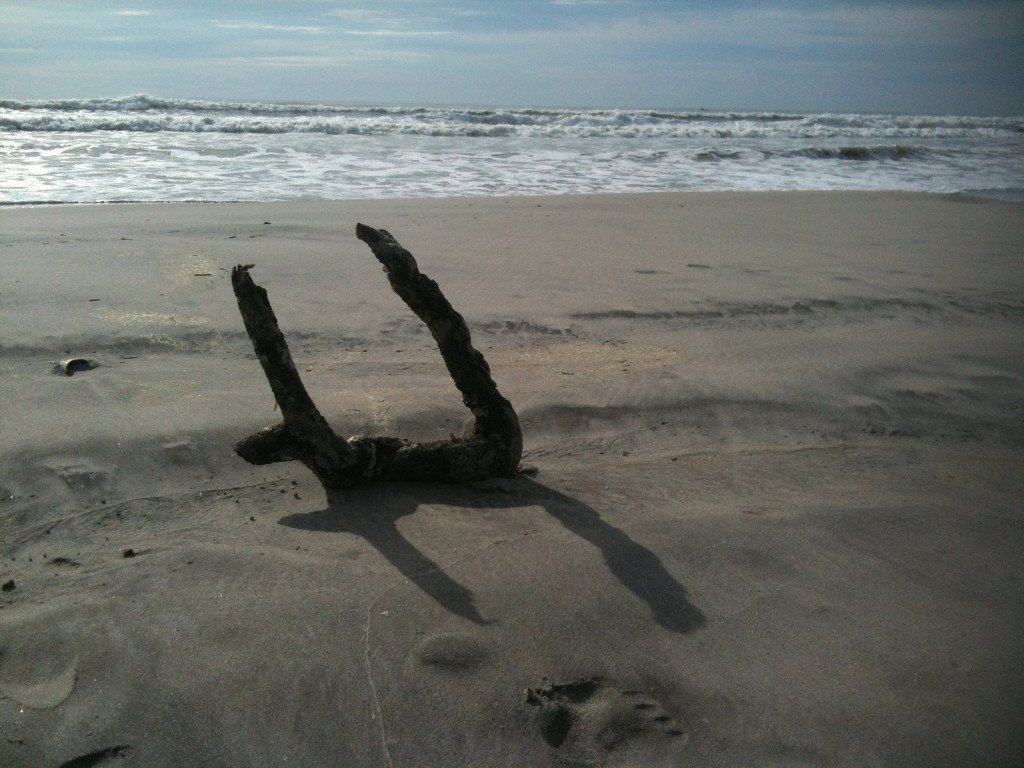
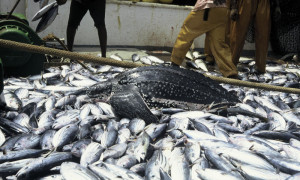
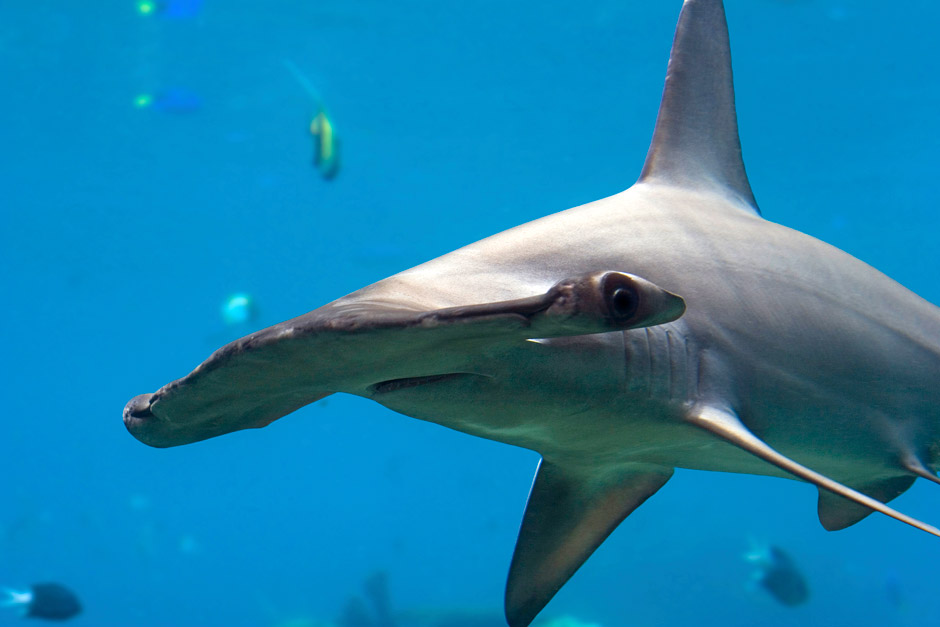



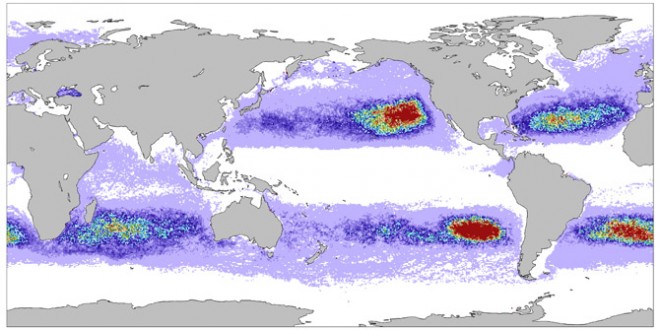
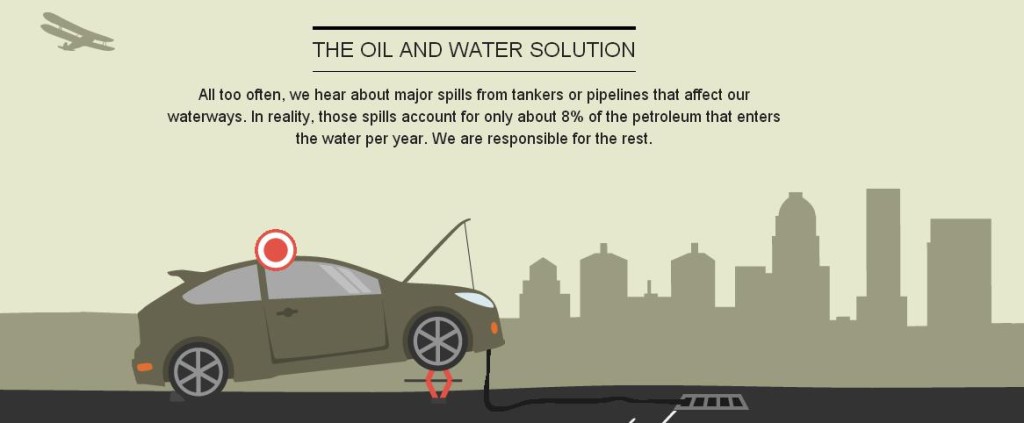
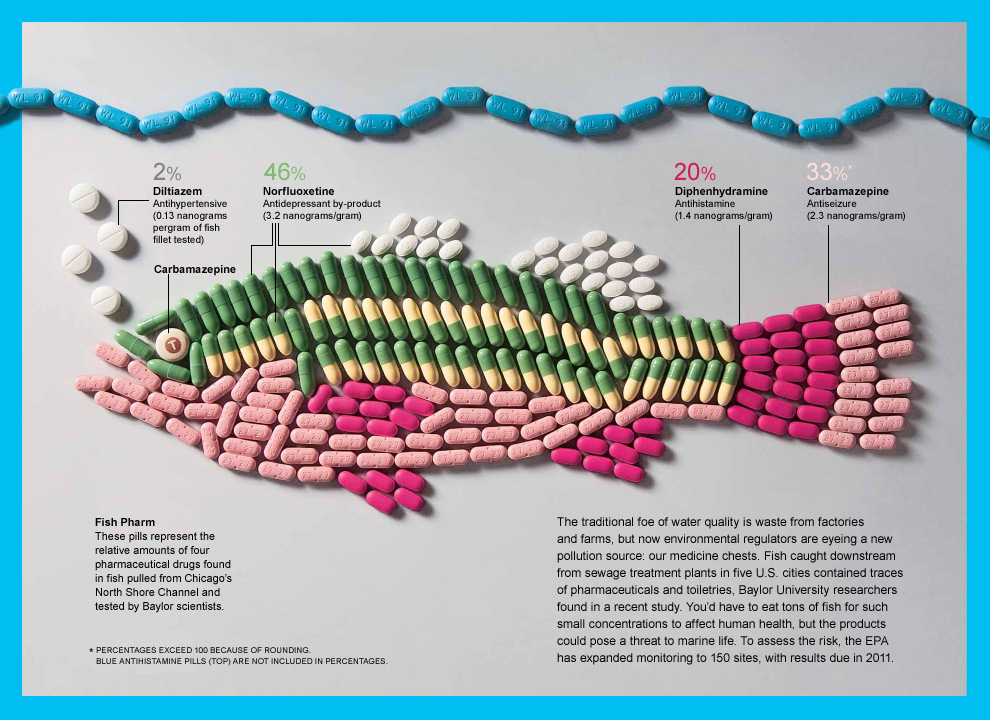







What people are saying …